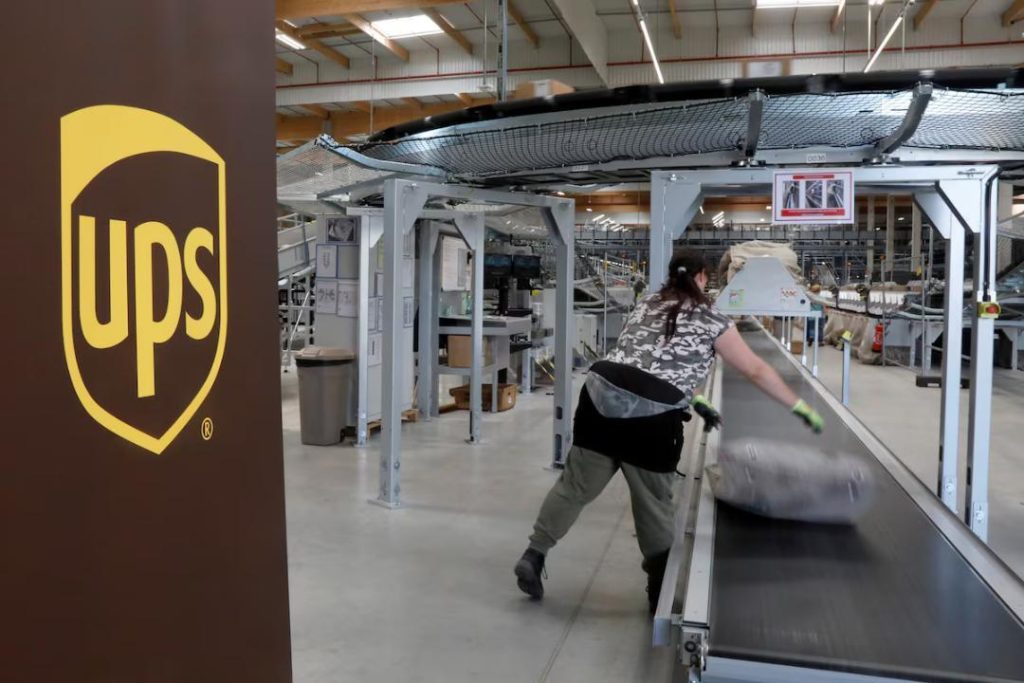
UPS to Cut 20,000 Jobs to Lower Costs & Prepare for Potential Pullback from Amazon
In a move aimed at reducing costs and preparing for a potential shift in its largest customer’s business, United Parcel Service (UPS), the world’s largest package delivery firm, announced on Tuesday that it will cut 20,000 jobs. The company will also shut 73 facilities worldwide as part of its efforts to reconfigure its network and reduce costs.
The job cuts and facility closures are expected to have a significant impact on the company’s workforce, which currently stands at around 533,000 employees. The layoffs will affect a wide range of roles, including management, administrative, and operational positions, across the company’s various business segments.
The news comes amidst growing concerns about the potential impact of Amazon’s growing e-commerce dominance on the logistics industry. As Amazon’s own delivery capabilities continue to expand, there are fears that the company may reduce its reliance on third-party logistics providers like UPS.
In a statement, UPS CEO Carol Tome acknowledged that the company is taking these measures in preparation for a potential pullback from Amazon. “The actions we are taking to reconfigure our network and reduce cost across our business could not be timelier,” Tome said.
The job cuts and facility closures are part of UPS’s ongoing efforts to adapt to changing market conditions and improve its operational efficiency. The company has been investing heavily in digital technologies, such as artificial intelligence and robotics, to improve its sorting and delivery processes.
However, the move is also seen as a response to the growing competition in the logistics industry. With the rise of e-commerce, companies like Amazon, FedEx, and DHL are all vying for market share, and UPS is no exception.
Under pressure to reduce costs and improve its bottom line, UPS has been exploring various cost-saving measures, including the elimination of redundant positions, the consolidation of operations, and the automation of manual processes.
In addition to the job cuts and facility closures, UPS has also announced plans to reconfigure its network to better serve its customers. The company will be investing in new technologies and infrastructure to improve its ability to handle growing volumes of e-commerce shipments.
The news has sent shockwaves through the logistics industry, with many industry observers expressing concern about the potential impact on UPS’s employees and the wider economy. The job cuts will likely lead to a significant reduction in the company’s workforce, which could have a ripple effect on local communities and economies.
However, UPS has promised to support affected employees through a range of initiatives, including outplacement services, career counseling, and financial assistance. The company has also committed to maintaining its existing benefits and compensation packages for employees who are being laid off.
While the news is likely to be welcomed by investors, who have been pushing for cost cuts and efficiency improvements, it remains to be seen how the job cuts and facility closures will play out in the long term. As the logistics industry continues to evolve and adapt to changing market conditions, it will be interesting to see how UPS and its competitors respond to the challenges ahead.
Source:






